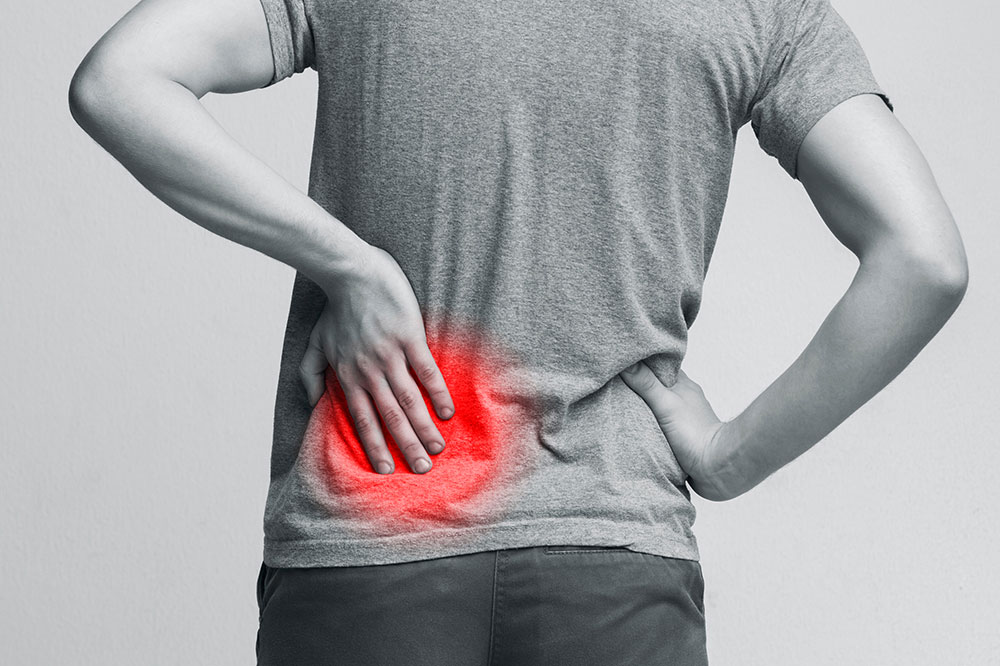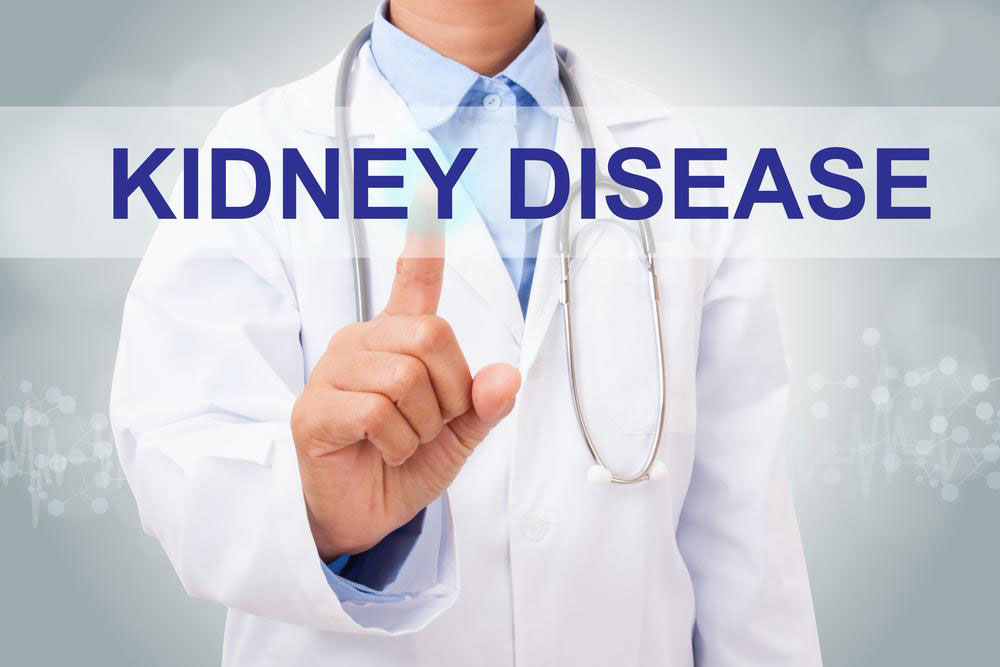Comprehensive Guide to Maintaining Kidney and Liver Health: Prevention and Disease Management
This comprehensive article explores essential insights into kidney and liver health, covering disease progression, early detection, and effective prevention strategies. Learn how to maintain these vital organs through healthy lifestyle choices, regular check-ups, and understanding different disease stages. Protect your health and ensure longevity by adopting these practical tips and medical insights tailored for organ health preservation.

Your Essential Guide to Kidney and Liver Health and Disease Prevention
Our kidneys and liver are among the most critical organs in the human body, performing essential functions that keep us alive and healthy. The kidneys serve as filters, removing waste products and excess fluid from the blood, while the liver plays a central role in detoxification, metabolism, and nutrient processing. Protecting these organs is vital to prevent chronic diseases, preserve overall health, and enhance quality of life. This comprehensive guide offers insights into common kidney and liver diseases, how they progress, ways to detect them early, and effective strategies to prevent organ damage.
The Significance of Kidney and Liver Function in Overall Health
The human body relies heavily on the proper functioning of the kidneys and liver. The kidneys filter approximately 50 gallons of blood daily, removing waste products like urea and creatinine, and regulating electrolyte balance, blood pressure, and red blood cell production through hormone secretion. Conversely, the liver processes nutrients from food, detoxifies harmful substances such as drugs and alcohol, produces vital proteins, and stores energy in the form of glycogen. When either organ is compromised, it can lead to serious health complications including toxin buildup, metabolic disturbances, and organ failure.
Maintaining the health of these organs is not only vital for individual well-being but also for preventing serious chronic conditions such as kidney failure, liver cirrhosis, and liver cancer. Understanding the common diseases affecting these organs, their causes, stages, and prevention methods is crucial for early intervention and effective management.
Understanding Kidney Disorders: Chronic Kidney Disease (CKD) and Its StagesChronic kidney disease (CKD) is a progressive condition characterized by the gradual loss of kidney function over time. It often develops insidiously, with symptoms becoming apparent only in advanced stages. CKD typically begins with minor impairment, which may go unnoticed, but can eventually escalate to complete kidney failure if untreated. Early detection and management are vital to slow its progression and prevent complications such as cardiovascular disease and end-stage renal disease (ESRD).
One of the key measures used to assess kidney function is the Glomerular Filtration Rate (GFR). GFR indicates how effectively your kidneys filter waste and excess fluids from your blood. Several factors influence GFR, including age, sex, ethnicity, and serum creatinine levels. Based on GFR readings, CKD is classified into five stages, reflecting the severity of kidney damage:
Stage 1: GFR greater than 90 ml/min, with kidney damage present but function preserved.
Stage 2: GFR between 60-89 ml/min, mild decrease in kidney function.
Stage 3A: GFR between 45-59 ml/min, moderate decline.
Stage 3B: GFR between 30-44 ml/min, more significant impairment.
Stage 4: GFR between 15-29 ml/min, severe decrease, preparing for possible dialysis or transplant.
Stage 5: GFR less than 15 ml/min, indicating kidney failure requiring dialysis or transplantation.
Such classification helps healthcare professionals decide on appropriate treatment strategies and monitor disease progression closely.
Similarly, liver diseases are complex conditions with causes including genetic predispositions, alcohol abuse, viral infections (like hepatitis B and C), and fatty liver disease. The progression of liver damage can be categorized into five overlapping stages: inflammation, fibrosis, cirrhosis, end-stage liver disease (ESLD), and liver cancer.
Inflammation: Swelling of the liver due to infections, toxins, or autoimmune responses.
Fibrosis: Formation of scar tissue replacing healthy liver tissue, impairing function.
Cirrhosis: Advanced scarring leading to loss of liver function and potential complications such as portal hypertension and kidney issues.
End-stage liver disease (ESLD): Irreversible damage requiring liver transplantation.
Liver cancer: Uncontrolled cell growth, often developing in cirrhotic tissue.
Understanding these stages enables early diagnosis, timely intervention, and better treatment outcomes.
Diagnosis and Monitoring of Kidney and Liver Conditions
Effective diagnosis relies on comprehensive evaluations including blood tests, urine analysis, imaging techniques such as ultrasound or MRI, and tissue biopsies. Blood tests measure organ-specific markers like serum creatinine, urea, liver enzymes, bilirubin, and albumin levels to assess organ function. Imaging studies help identify structural abnormalities, lesions, or scar tissue, while biopsies provide definitive diagnosis, especially in ambiguous cases or for staging.
Early detection of kidney and liver diseases is crucial, as it allows for prompt medical intervention that can prevent progression to more severe stages. Regular health screenings are recommended, particularly for individuals with risk factors like diabetes, hypertension, excessive alcohol use, or a family history of organ disease.
Strategies for Maintaining Kidney and Liver HealthThere are numerous practical measures individuals can adopt to promote the health and longevity of their kidneys and liver. These include:
Maintaining adequate hydration by drinking sufficient amounts of water daily.
Eating a balanced diet rich in fruits, vegetables, lean proteins, and whole grains, while limiting processed foods high in sugar, salt, and unhealthy fats.
Practicing regular physical activity to control weight, blood pressure, and blood sugar levels.
Avoiding tobacco use and limiting alcohol consumption, as both are major contributors to organ damage.
Ensuring sufficient sleep and stress management to support overall health.
Monitoring and controlling blood pressure, blood glucose, and cholesterol levels through regular check-ups.
Getting vaccinated against hepatitis B and C to prevent viral infections that cause liver damage.
Using medications responsibly, avoiding excessive over-the-counter drugs like NSAIDs that can harm these organs.
Maintaining a healthy weight to decrease the risk of fatty liver disease and kidney strain.
Scheduling annual health examinations with your healthcare provider for early detection and management of potential issues.
Implementing these healthy habits significantly reduces the risk of developing severe kidney and liver diseases, supporting a longer, healthier life.
By understanding the importance of kidney and liver health, recognizing early symptoms, and adopting preventive measures, you can safeguard these vital organs for years to come. Regular medical check-ups, a balanced diet, exercise, and avoiding harmful habits form the cornerstone of a healthy lifestyle that preserves organ function and prevents chronic diseases.





